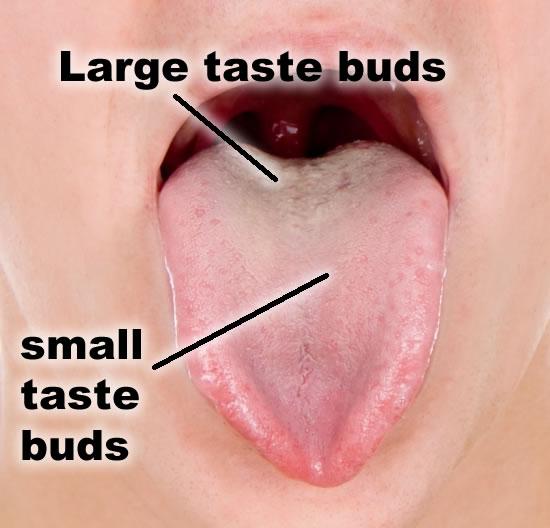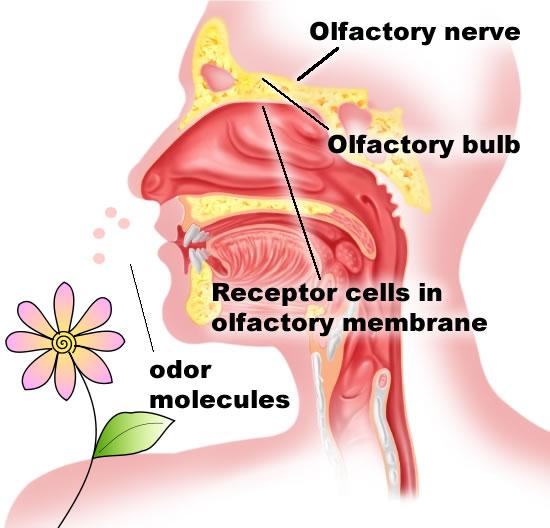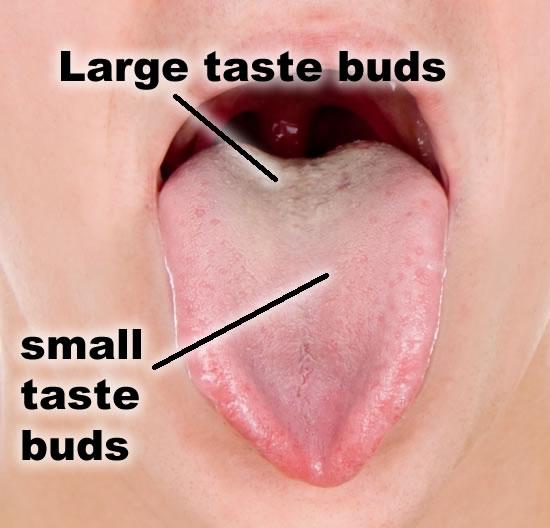Hypothesis
Overview
The flavor of food is a sensory experience that is a combination of taste and smell. We use both our sense of taste and our sense of smell when we eat food. Both the tongue and the nose detect the chemicals in food, which then tells our brain the flavor of what we are eating.
There are about 10,000 tiny receptors covering the tongue. These are called taste buds. Taste buds detect five distinct types of tastes each on a different area of the tongue: salty, bitter, sweet, sour and umami (savory).

Far back inside nose in what's called the nasal cavity resides a small patch of nerves called the olfactory tract. The chemicals given off by foods are picked up by the nerves in the olfactory tract, which then tell the brain what food is being smelled. These nerves also assist in detecting taste.

The nose and the tongue work best together when it comes to enjoying the flavors of food. When the olfactory tract inside the nose cannot assist in the process of detecting the chemicals in food, the taste buds on the tongue are less able to effectively distinguish tastes. The result is that you cannot completely tell the flavor of a food. With the nose plugged and the eyes closed, one cannot tell the difference between an apple and a pear as both have a very similar texture. One would be more likely to distinguish between a pretzel and an apple though as these foods have different, distinct textures. Comparing foods with similar textures with the eyes closed and nose plugged best demonstrates how smell affects taste.
Scientific Terms
Materials
- a bandana
- One jar of each type of baby food: peas, carrots, peaches, pears, turkey and gravy (or other meat and gravy)
- 5+ spoons
- at least 3 volunteer "tasters"
- nose plugs (optional)
- paper and pencil
Procedure
1. Ask your volunteer "taster" if they have any food allergies and if they mind being blindfolded. Modify as necessary.
2. Keep all baby food samples hidden from view of the tasters. Loosen the lids prior to beginning, but do not remove the lids until the volunteer has their nose plugged.
3. Blind fold the volunteer with the bandana (or ask them to keep their eyes shut) and place nose plugs on their nose (or have them plug their nose by pinching it with their fingers). Tell the volunteer they need to remain blind folded with their nose plugged while they taste five (5) different types of baby food.
4. With a clean spoon, give the volunteer (blindfolded and with nose plugged) about a half a spoonful of baby food. Ask them what they think it is. Record the response as a yes or no in the table below on the paper:
|
peas |
carrots |
peaches |
pears |
turkey |
|
|
Taster #1 blindfolded and nose plugged |
|||||
|
Taster #1 only blindfolded |
|||||
|
Taster #2 blindfolded and nose plugged |
|||||
|
Taster #2 only blindfolded |
|||||
|
Taster #3 blindfolded and nose plugged |
|||||
|
Taster #3 only blindfolded |
5. Repeat with all five (5) types of baby food for all three (3) "tasters" with blindfold and nose plugged. Do not record the responses of anyone who sees or knows what kind of baby food there is. Anyone who knows may be able to determine the flavor because of the texture.
6. Remove the nose plug and repeat step #3-#5 with each baby food type while the taster is still blindfolded.
7. Evaluate which types of baby food was the easiest and which type was the most difficult for the tasters to identify.



